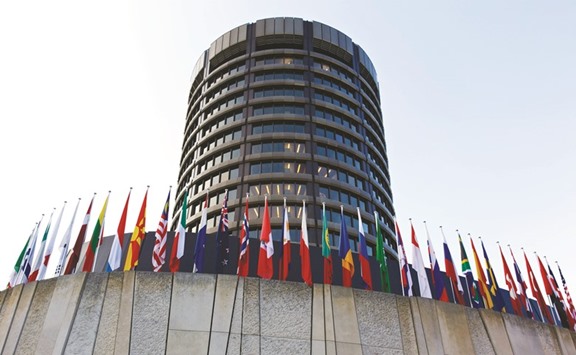The most aggressive high-frequency currency traders are showing signs of losing steam, suggesting platforms have succeeded at thwarting some speedy strategies.
Electronic specialists are making waves by eclipsing major banks in foreign-exchange trading. But some strategies – focused on fast execution and short-term arbitrage – have reached a “saturation point,” according to the Bank for International Settlements. At the same time, platforms have adopted so-called speed bumps to blunt advantages of the savviest firms, which have been blamed for sniffing out trader intentions to bet against them.
Those factors are behind a drop in buying and selling hedge fund and principal trading firms, which fell to about $390bn per day from $580bn three years ago, according to a BIS report published yesterday.
As aggressive strategies wane, firms are increasingly confined to supplying quotes for market making. That’s seen as a passive and potentially more benign style of trading. That shift has winners: BIS says firms like XTX Markets and Virtu Financial Inc have grown their share of territory that used to only be the domain of banks.
“These firms have expanded their business to become top liquidity providers in FX markets,” the BIS report said.
Executives at major electronic trading firms say the easy money has already been made. In the US stock market, for example, speed-trader revenue fell to $1.1bn this year, down from $7.2bn in 2009, according to Tabb Group estimates.
Principal traders are especially prevalent in spot foreign- exchange, where volume has fallen 19% to $1.65tn in the past three years.
High-frequency strategies are often used in the spot market because it’s highly standardised, making it better suited to algorithms. Trading in foreign-exchange derivatives for corporate hedging and other purposes rose.
Some on the buy side, however, still need convincing that trading has gotten safer.
“Everyone’s guard is still up for some of this predatory type trading,” said Michael O’Brien, director of global trading at mutual-fund company Eaton Vance Corp. “It’s hard to tell whether it has changed. It’s still something I’m concerned about.”
Electronic firms account for at least 6% of market making, according to a ranking this year by Euromoney Institutional Investor. But the BIS says their share is probably higher because many don’t report volume. While such firms used to primarily transact on anonymous, exchange-style venues, they’re increasingly trading directly with customers.
“The buy side is increasingly looking at direct relationships with principal trading firms,” O’Brien said. “It’s not going to eliminate the banks, but it certainly will compete with them.” BIS points to a sign that high-frequency strategies have stalled: trade sizes have plateaued. Automated firms tend to thrive in buying and selling small orders. After declining for several years, the average size of trades on interdealer platforms have been roughly flat, at about $1.5mn to $2mn, since 2008.
Some firms may have worn out their welcome at banks. Principal traders generally use credit lines to buy and sell currencies – a bank service known as prime brokerage.
Those brokers have been shedding some customers as they reassess profitability and customer risk profiles following the 2015 Swiss franc shock. According to BIS interviews, banks have kept big clients and electronic market makers while dumping retail brokers and some speed traders.

The headquarters of the Bank for International Settlements is seen in Basel, Switzerland. Electronic specialists are making waves by eclipsing major banks in foreign-exchange trading, according to the BIS.


